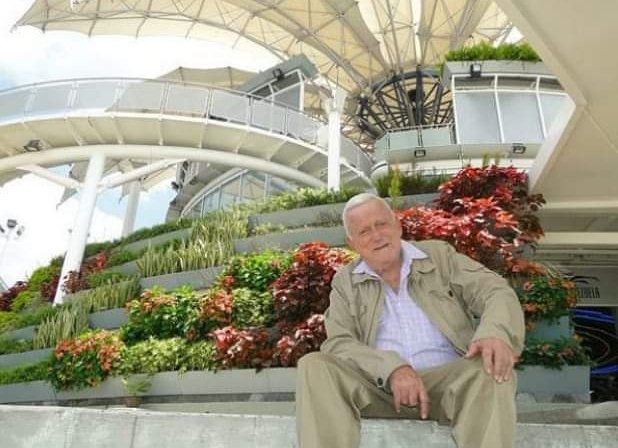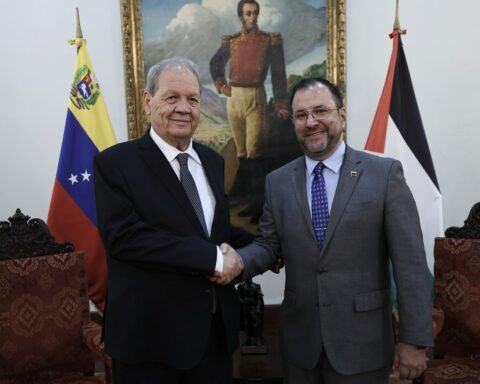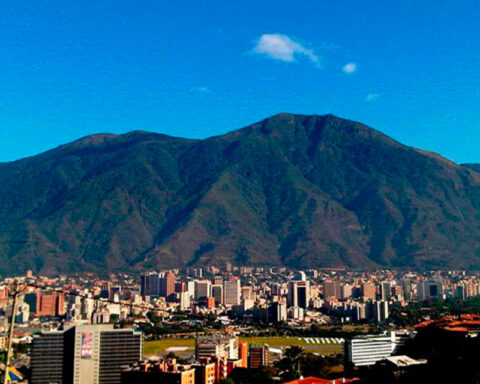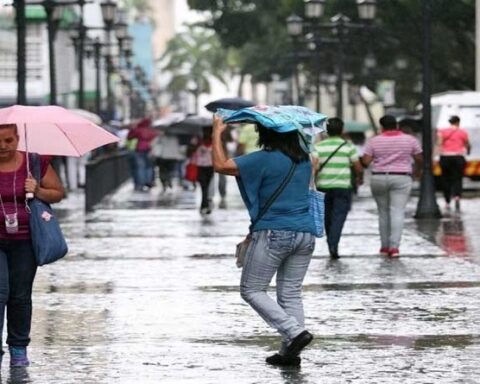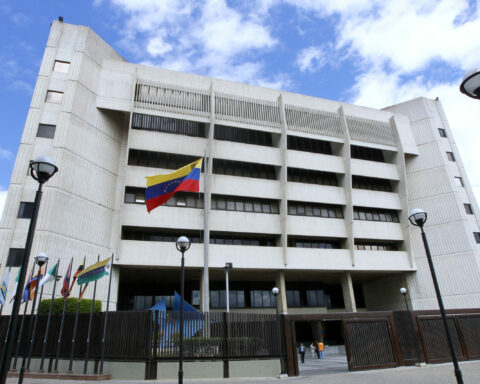This Tuesday, at 94 years of age, the renowned Venezuelan architect José Fructoso Vivas Vivas, Fruto Vivas, passed away.
Known for his revolutionary ideals and his limitless ability to create, Fruto Vivas, the architect of the simplest things, was born on January 21, 1928, at the curve of Callejón del Verde, Jáuregui municipality, Táchira state. He graduated as an architect from the Central University of Venezuela in 1956, achieving a prolific professional career, which led him to be recognized nationally and internationally.
In 1955 he worked with the Brazilian architect Oscar Niemeyer for the Museum of Modern Art in Caracas and together with the Spaniard Eduardo Torroja, designed the Táchira Club.
In 1987 he won the National Architecture Award, and in 2000 he was awarded the National Habitat Award.
In addition to his career as an architect, he stood out as a university professor, being an Honorary Professor at the Central University of Venezuela, the Universidad de los Andes (Mérida), the Universidad Centro Occidental Lisandro Alvarado (Barquisimeto), the Universidad Autónoma de Santo Domingo (Dominican Republic ), Veracruz (Mexico) and Cuzco (Peru).
His works include La Flor de Venezuela, and La Flor de los cuatroelementos, built in the Mausoleum of Comandante Hugo Chávez, in the Cuartel de la Montaña, in Caracas.
In 1993 he proposed «The Tree of Life«, a multi-family housing project which, instead of vertical buildings, proposes to build 3-story horizontal blocks, with intermediate corridors that intersect at different heights, connected to vertical circulation systems.
The Flower of Venezuela
Fruto Vivas built the controversial Venezuelan Pavilion for the 2000 Hannover Universal Exposition. The project was liked by visitors, being the second most visited after the German Pavilion.
The structure was characterized by its flower shape, the lightness of the steel and glass structure and the mobility of its roof. As for the content of the exhibition, it was based on the country’s society, technology and biodiversity.
In 2008, a replica of that pavilion was installed in Barquisimeto, Lara state. An overdimensional flower that protrudes from the building, whose 18-meter petals open and close according to the weather.
The government, under the presidency of Commander Hugo Chávez, was responsible for the efforts to install the magnificent artistic structure and national scientific innovation, six years after its premiere in Germany.
It was also Chávez who decided to give the flower of Venezuela to the Larense entity, as a cultural, tourist and recreational icon, as can be read in the recitals of the Official Gazette number 40,197 signed by the President of the Bolivarian Republic of Venezuela, Nicolás Maduro, on June 27, 2013, which also declares the work as Tangible Architectural Heritage of the nation.
The flower of the four elements
The work Flor de los cuatroelementos, located in the Mausoleum of the Commander, Hugo Chávez, in the Cuartel de la Montaña, is also his authorship. It represents fire, wind, earth and water. It was raised over a pool of water, expanding in green, pink and gray petals as a symbol of the blossoming of the ideals of the new homeland and America.
The prolific career of the architect Fruto Vivas includes among many other works: the church of Santo Redentor, in San Cristóbal; the Hotel Moruco in Mérida; the church of Santa Rosa, in Valencia; the church in the urbanization of Zapara, Maracaibo; the Hotel La Cumbre, located in Ciudad Bolívar and the project for the headquarters of the NGO Vidas Recicladas in Santos, Brazil.

